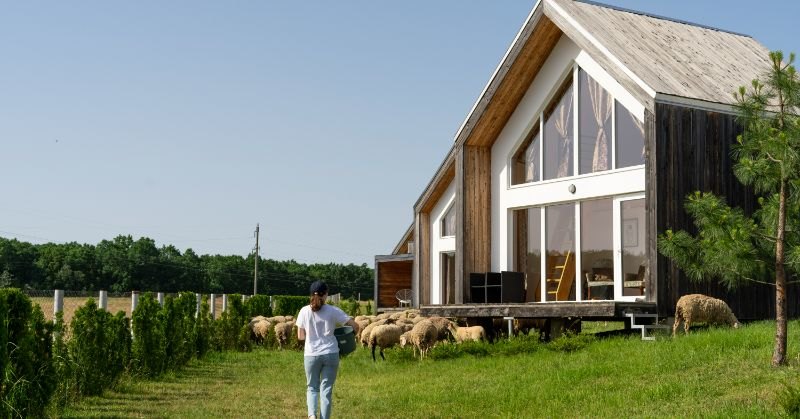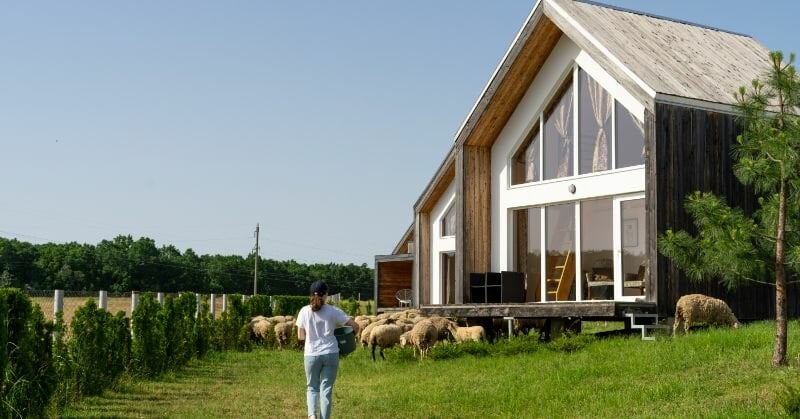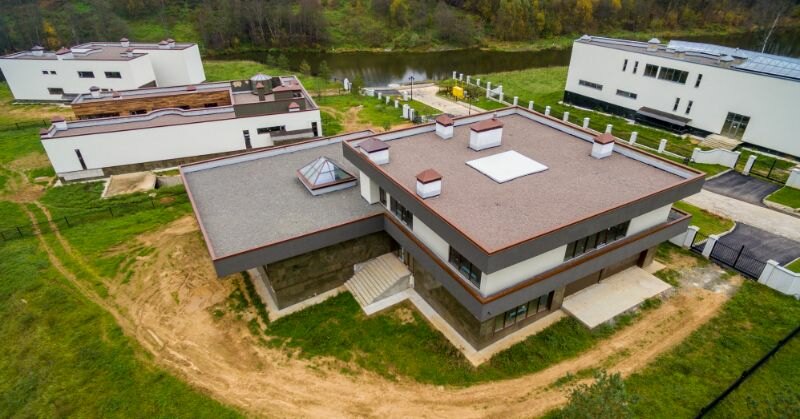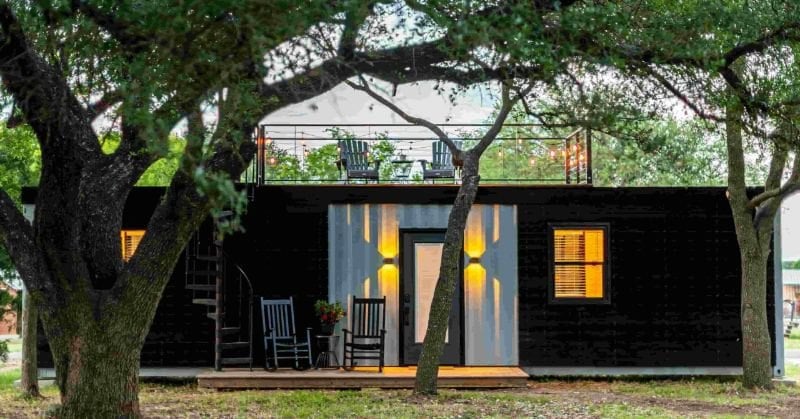In recent years, the demand for affordable housing options has surged, leading to the rise of innovative solutions to address this pressing issue. One such solution gaining popularity is low-cost prefabricated houses. In this article, we will explore various avenues to help you obtain low-cost prefabricated houses.
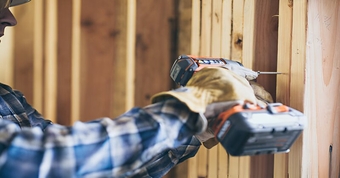
Types of Low-Cost Prefabricated Homes
Low-cost prefabricated houses are homes that are built off-site in a factory setting and then transported to the desired location for assembly. Unlike traditional construction, which involves building each component on-site, prefab houses are constructed using standardized modules or panels that are manufactured in a controlled environment. There are several types of prefabricated homes:
Modular Homes: Built in sections or modules in a factory setting, these homes are then transported and assembled on-site. They offer design flexibility and can be customized to suit individual needs while maintaining affordability .
Panelized Homes: Consisting of pre-manufactured walls, flooring, and roof panels, these homes are assembled on-site like a puzzle. They are known for faster construction times and reduced labor costs .
Manufactured Homes: Fully built in a factory and transported to the site, these homes usually come with pre-determined designs and layouts, making them one of the most affordable options .
Kit Homes: These DIY-style homes are shipped with all necessary materials and components for on-site assembly. They offer a balance of affordability and customization
In the sections that follow, we'll guide you through these diverse approaches, each tailored to meet different needs and circumstances.
Government Programs
Housing Assistance Programs: Many governments provide housing assistance programs to help low-income individuals and families afford housing. These programs often offer subsidies, grants, or loans for the purchase or construction of low-cost prefabricated houses. However, the eligibility criteria and application processes vary significantly by country and region. For instance, in the United States, the Department of Housing and Urban Development (HUD) has initiated various programs and investments to assist in housing, such as the Inflation Reduction Act and Bipartisan Infrastructure Law Investments.
Affordable Housing Initiatives: Governments often collaborate with housing developers and organizations for affordable housing initiatives. These may involve partnerships with prefab home manufacturers to offer discounted or subsidized prices. For example, in Texas, the Texas Department of Housing & Community Affairs offers homebuyer programs, including downpayment and closing cost assistance. Habitat for Humanity also contributes by building and rehabilitating houses for families in need.
Private Initiatives
Nonprofit Organizations: Nonprofit organizations play a crucial role in providing affordable housing solutions. They may offer low-cost prefab houses as part of their initiatives, often with financing options or subsidies. Examples of these types of programs are not specified in the sources, but it's common for local and international nonprofits to engage in such activities.
Financing Options: Financing is key to accessing low-cost prefabricated houses. Financial institutions or lenders that specialize in loans for prefab homes may offer competitive interest rates and flexible terms. For instance, HUD’s Housing Choice Voucher Program Section 8 provides vouchers to assist very low-income families, the elderly, and the disabled to afford decent, safe, and sanitary housing in the private market.
Community Land Trusts: Community land trusts acquire land to create affordable housing opportunities, often partnering with prefab home manufacturers to offer low-cost homes. In this model, the trust retains ownership of the land, while the homeowner purchases the house, thereby maintaining affordability for future generations.
DIY Prefab Homes
Self-Assembly Kits: Self-assembly kits allow individuals to build their own low-cost prefabricated houses. These kits usually come with pre-cut components and instructions, enabling construction with minimal professional help, significantly reducing costs.
Collaborative Building Communities: These communities involve groups of individuals pooling resources and skills to build low-cost prefab houses. This collaborative approach can reduce costs and foster camaraderie and mutual support among members.
Conclusion
Low-cost prefabricated houses offers an affordable and efficient solution to the growing demand for affordable housing. Government programs, private initiatives, financing options, and DIY approaches all offer potential pathways to affordable prefab housing. Remember to explore local resources, reach out to relevant organizations, and stay informed about available opportunities.
